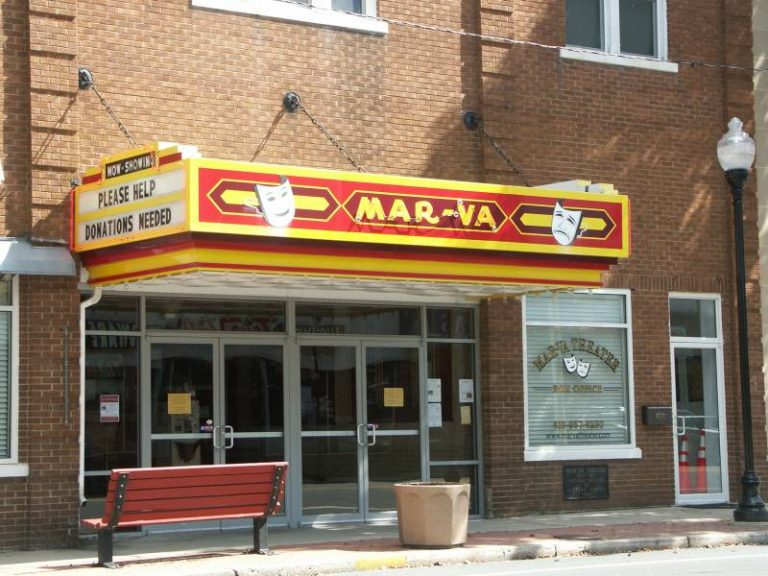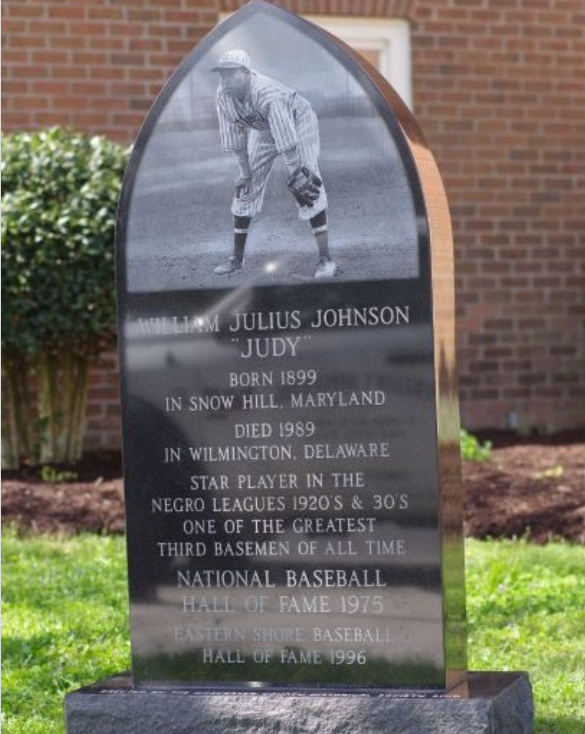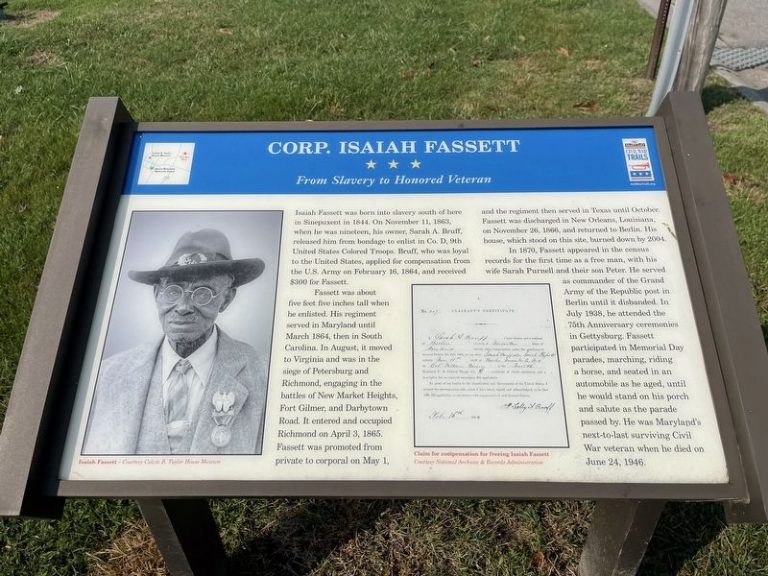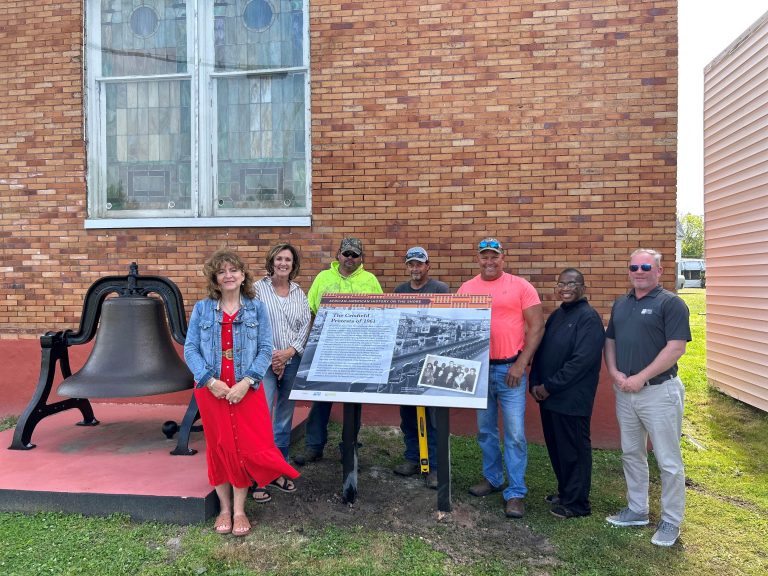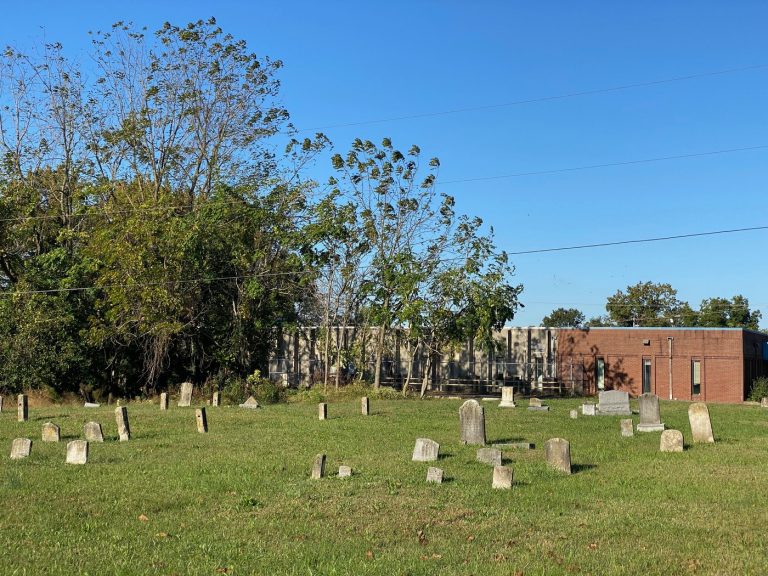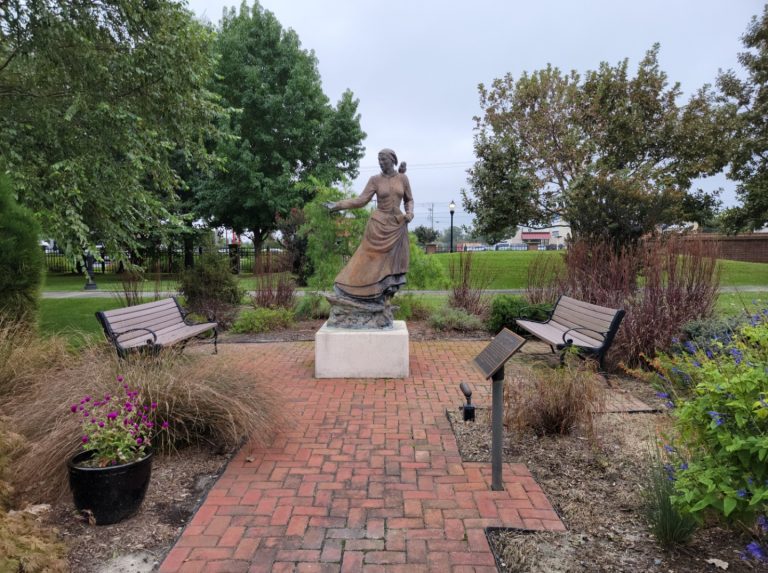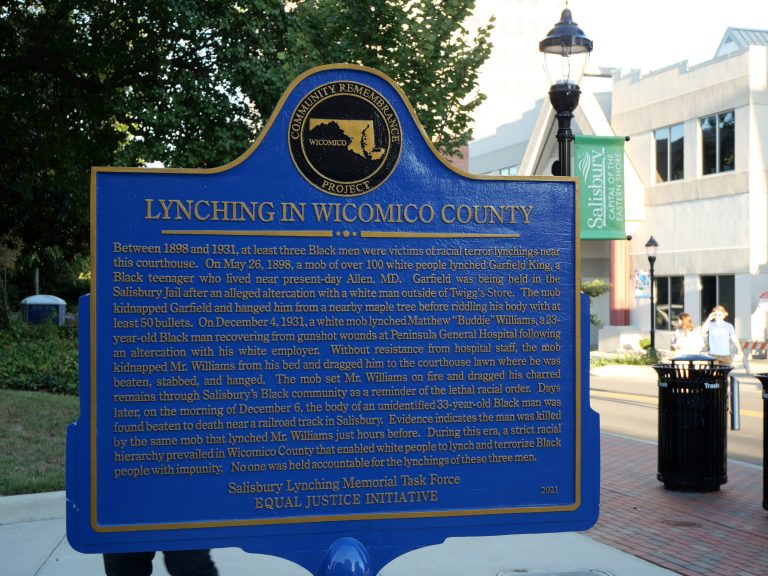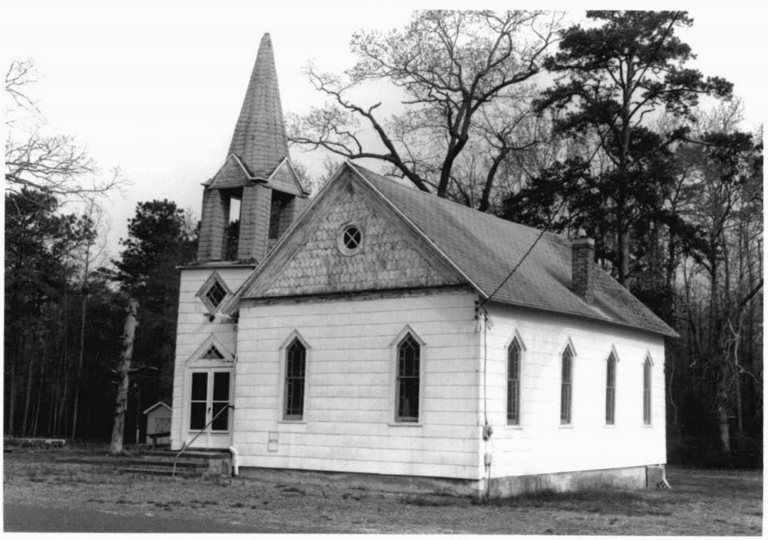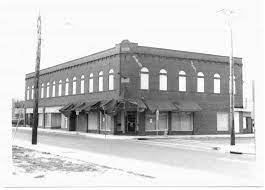All Black History
Places important to the African American Heritage of the lower shore.
-
Ancestors of members of this church worshipped during slavery in the balcony of St. Andrews Episcopal Church. In 1841, they organized a separate congregation and worshipped at that site until 1860. By 1861, the members purchased land and built a school and a church, the John Wesley Methodist Episcopal Church. In 1884, the Delaware Conference of the Episcopal Church granted Read more...
-
Entertainment in the form of motion pictures was obtainable in local theaters in the principal towns, although seating was segregated between the main auditorium and the balcony for white and black ticket holders. The Mar- Va Theater in Pocomoke City, built in 1927 and redecorated 10 years later, survives with a separate staircase, ticket booth, bathroom, and concession stand in Read more...
-
The Judy Johnson Memorial sits outside of the Snow Hill Library and was raised in the summer of 2021. William Julius “Judy” Johnson (1899-1989), was an American professional third baseman and manager who’s career in Negro League baseball spanned 17 seasons, from 1921 to 1937. Born in Snow Hill, he was slight of build and never developed as a power Read more...
-
Isaiah Fassett was born into slavery in 1844. When he was 19, his owner Sarah Bruff received $300 from the U.S. Army to release him from bondage so he could enlist in Company, D, 9th United States Colored Troops. The regiment served in several battles in Virginia and was one of the first to occupy Richmond at the end of Read more...
-
Our interpretive sign for the Crisfield Protests of 1961 sits outside of Shiloh United Methodist Church on 4th Street in Crisfield and honors a group of Freedom Riders that led a sit-in in Crisfield. On Christmas Eve in 1961, 10 interracial members of the Civic Interest Group in Baltimore traveled to Crisfield, the home of Maryland Governor J. Millard Tawes, Read more...
-
Located just off of Route 50 in Salisbury Maryland, Houston Cemetery is a historically Black cemetery established in part and named after the Houston family. Solomon Houston (some times spelled Huston) in particular was a significant figure on Delmarva. His father, Levin Houston, was one of the five founding freemen of the John Wesley Methodist Episcopal Church (now referred to Read more...
-
Located outside of Salisbury University’s Teacher Education and Technology Center (better known as Conway Hall) is a bronze statue of Harriet Tubman. First unveiled in 2009, it is held to be the first three dimensional commemorative piece honoring Harriet Tubman on the Eastern Shore from which she was from. Created by Dr. James Hill, the statue depicts Tubman extending her Read more...
-
Located on 101 N. Division Street is a marker dedicated to the three African Americans lynched in Salisbury between 1898 and 1931. Two of these people are named: 18 year old Garfield King in 1898 and 23 year old Matthew Williams in 1931. The third victim was an unidentified Black man who’s body was found on the outskirts of Salisbury Read more...
-
Thought to have been built in 1866, the Calvary M.E. Church (also referred to as Bishop Methodist Church) is a small church located in what remains of the Glass Hill community. Once the heart of the community, the church remains a symbol of Glass Hill and the African American community built around it. The old Glass Hill School, first built Read more...
-
The Franklin Hotel was a hotel catering to African Americans when segregation was enforced. The building was constructed in 1930 and was known as the Mainlake Building. The bottom floor hosted a restaurant and four spaces for shops while the second floor held apartments. In 1955 the Franklin Hotel was established by Melvin E. and Donzelle Hutt and the hotel Read more...

